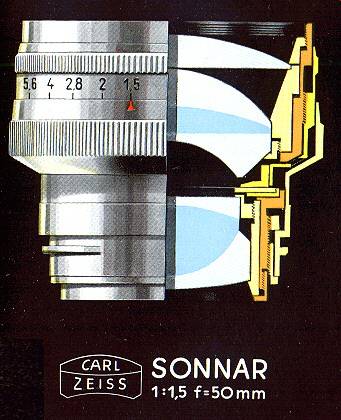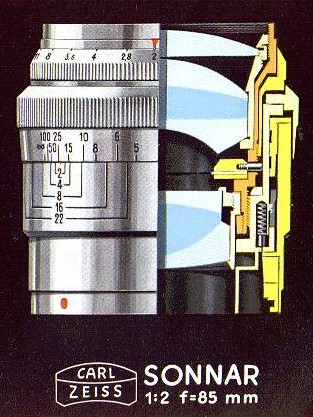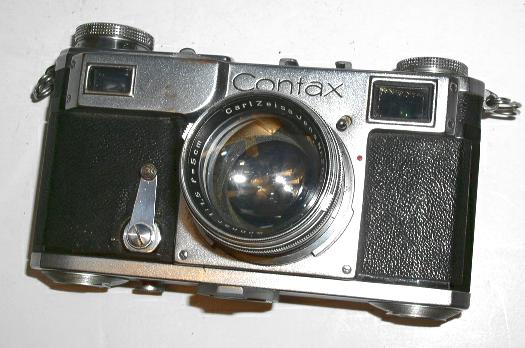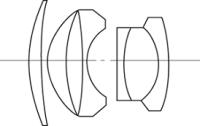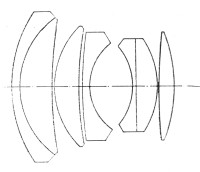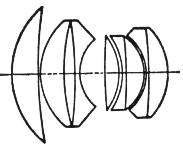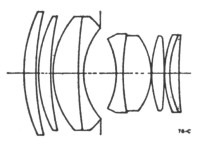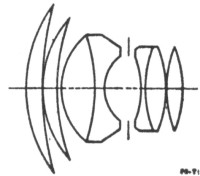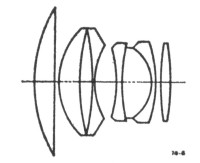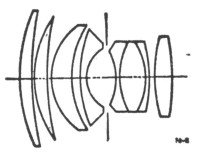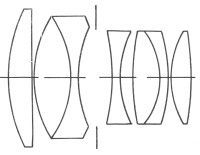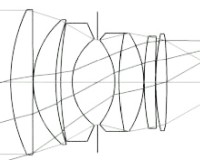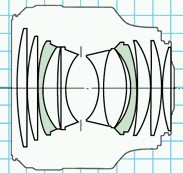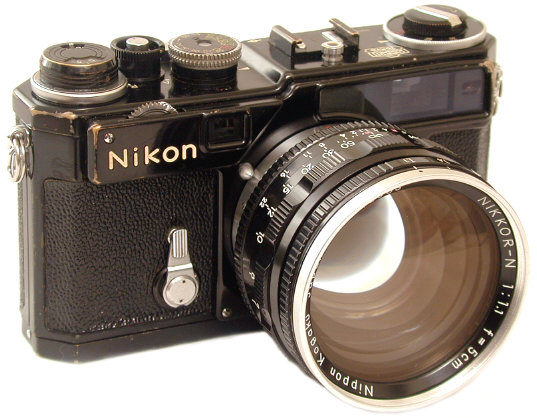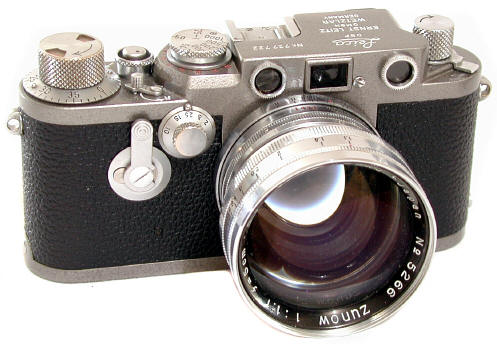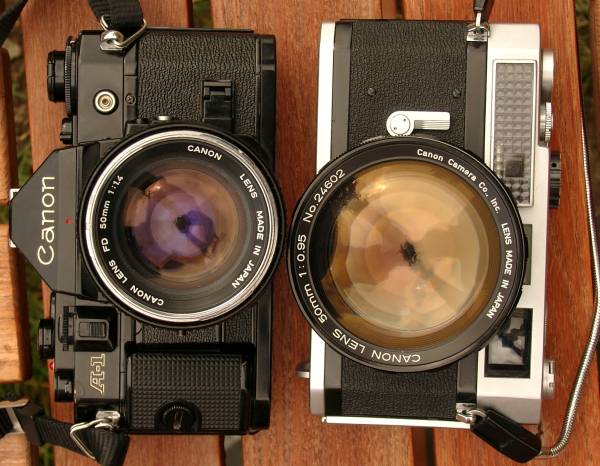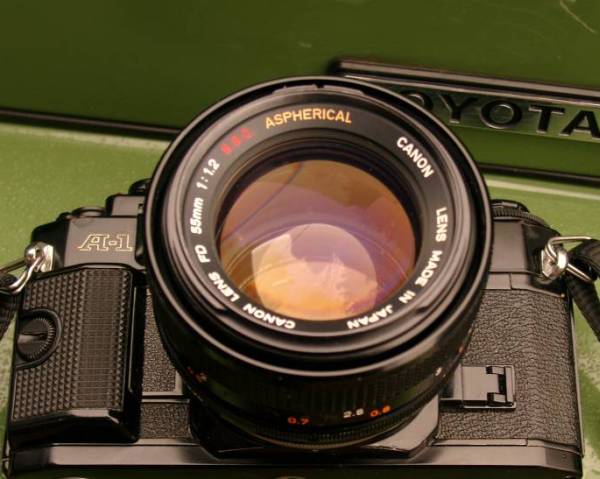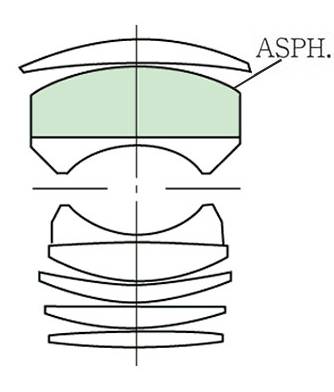Pre-History (fast lenses
before WW-II - sorry only GERMAN version available yet)
Before World War II the
Zeiss Sonnar (
1.5/5cm)
was the paragon at 35mm film format, particular after inventing
the lens coating in 1936. There were a very few lenses that were
even faster, for special use like projection like the famous TACHON
(Astra/ Berlin), a giant lens (enhanced triplet).
Since B&W films were 3 aperture-steps slower than present (color
film about 5-6 steps slower!) the desire for fast lenses was much
stronger than most photographs can imagine today. It was the time when
free-hand picture-taking gets established. Flash-technique was
primitive, there was no light-up flash, anyway usage of flashes was
considered as ungentlemanly and artificially for ambitious photographs
- and for some, this continous today... Of course nothing like
automatic exposure, autofocus or something like that was more than a
dream... It was called "automatic" when the rangefinder, or meter was
coupled, and you could set it manually! Beside the need for speed there
was also a strong aspect of markteing and
prestige for the manufacturers,
which infected minds of photographs in the whole world avidly.
